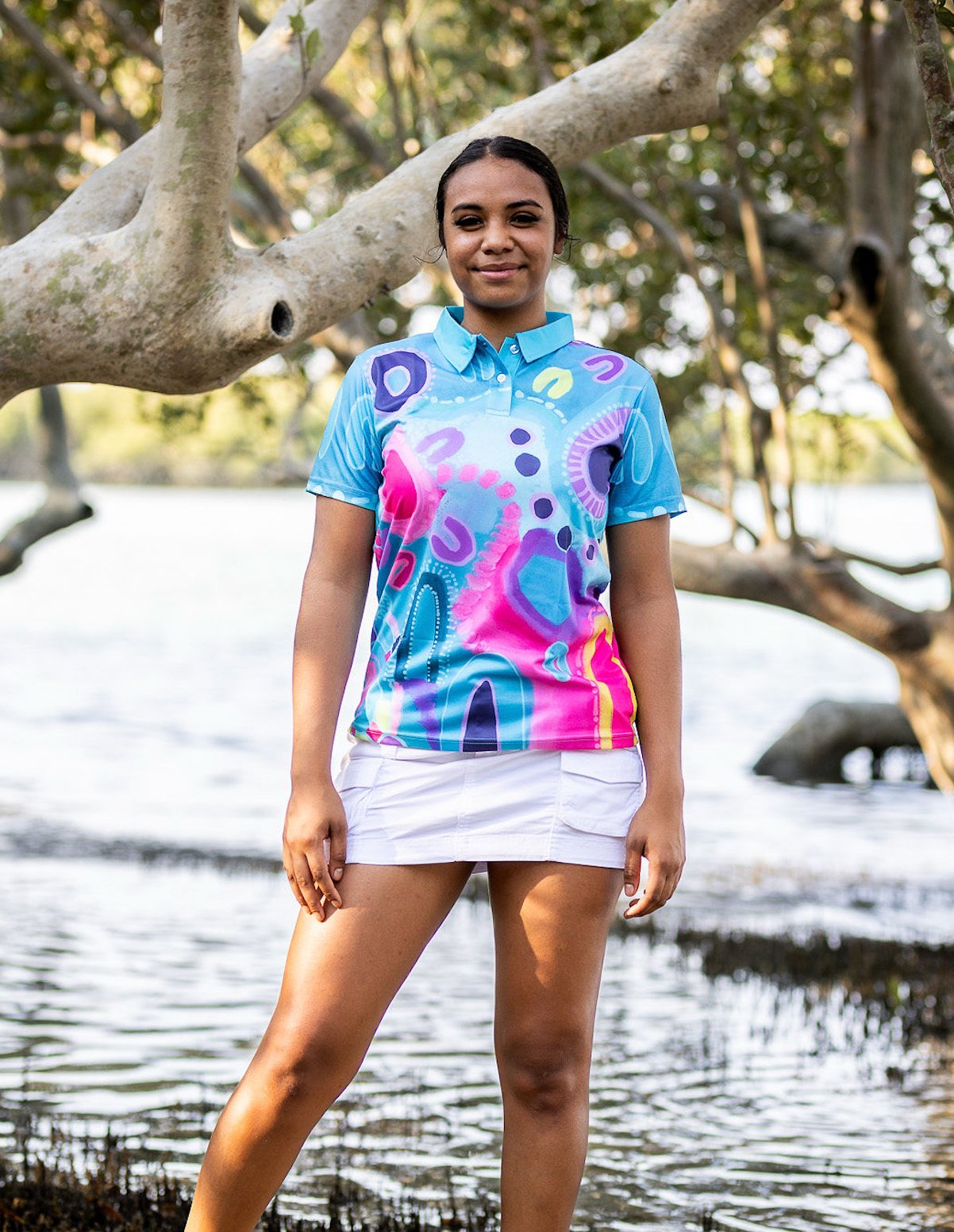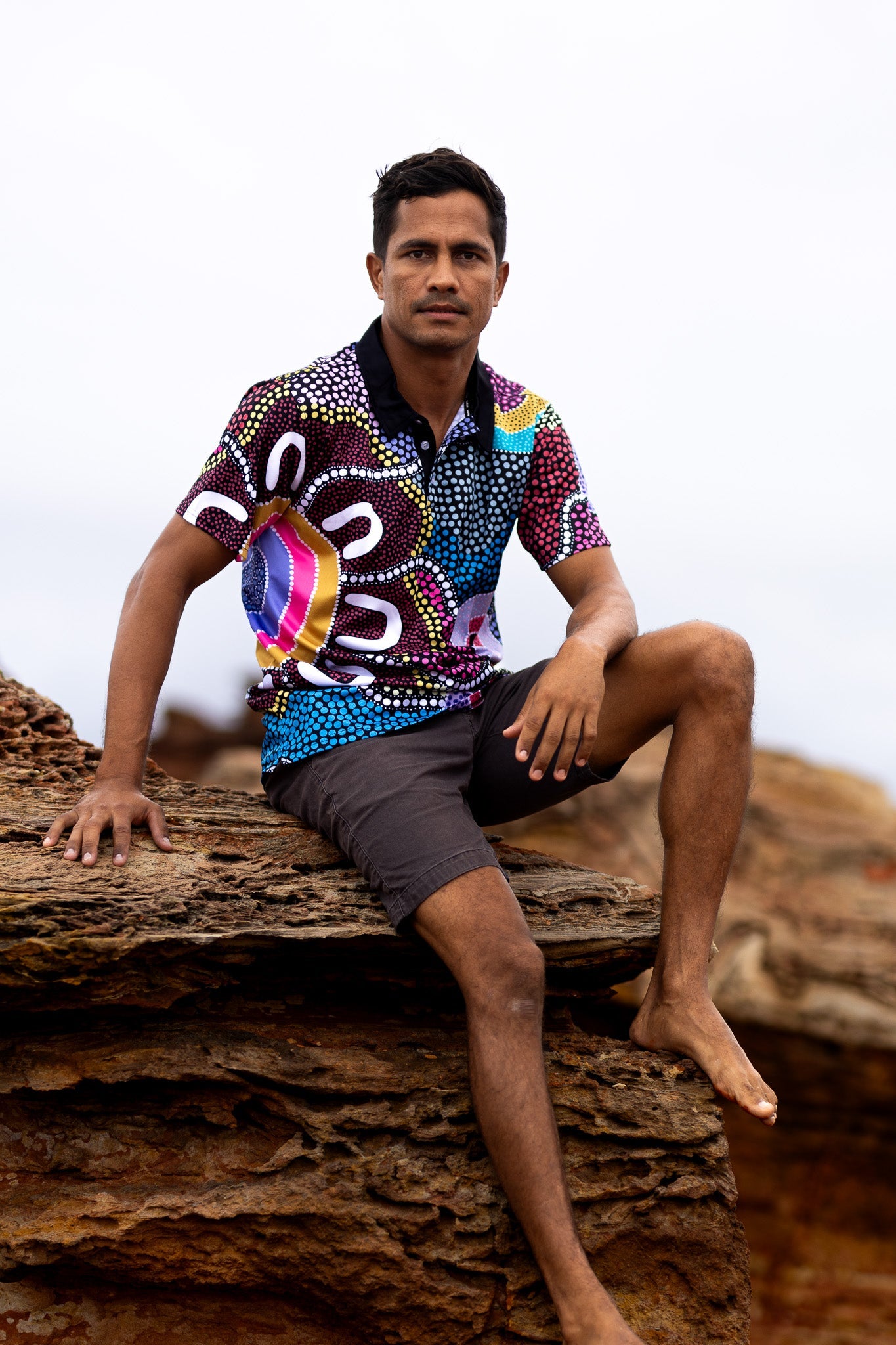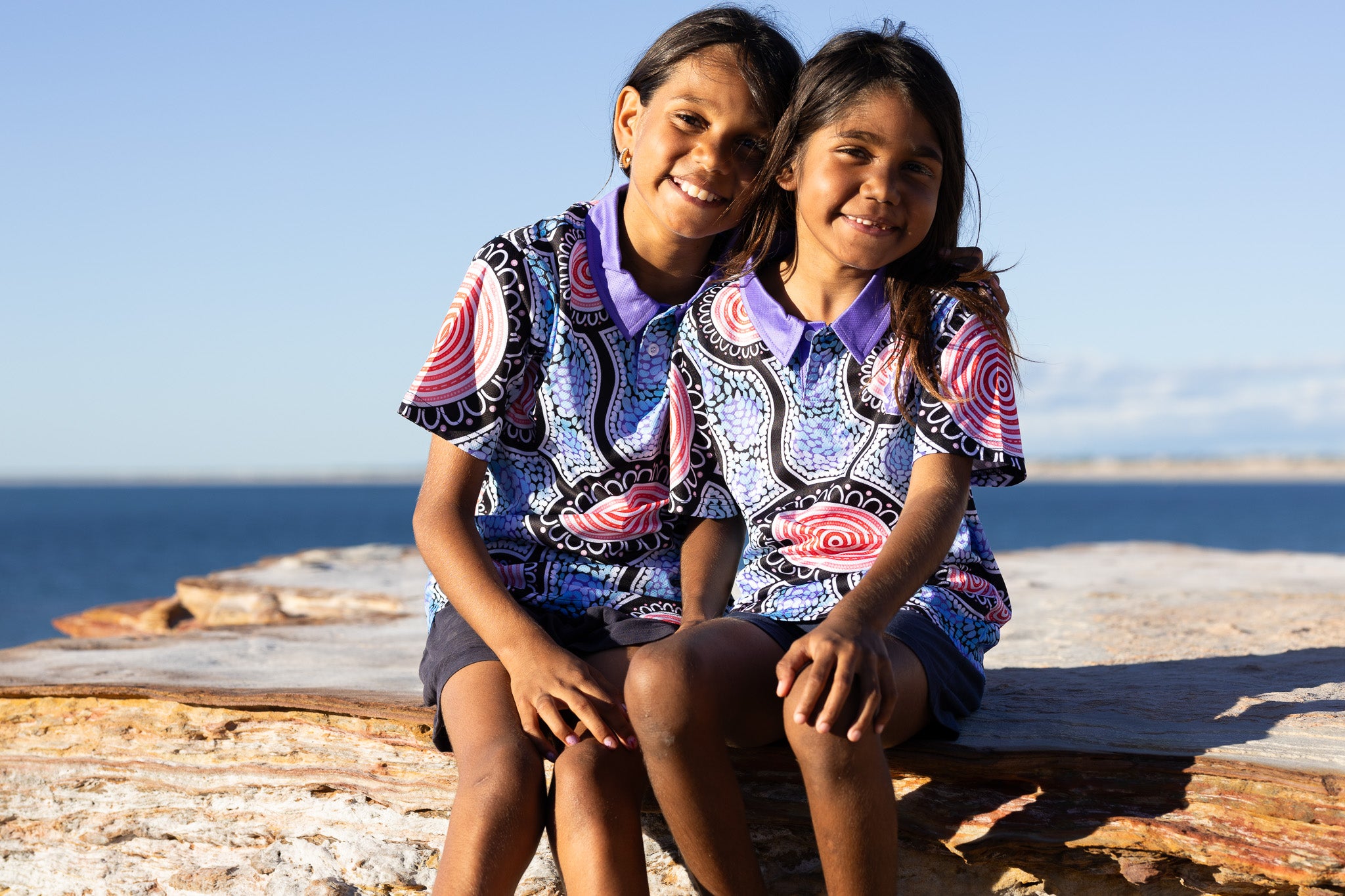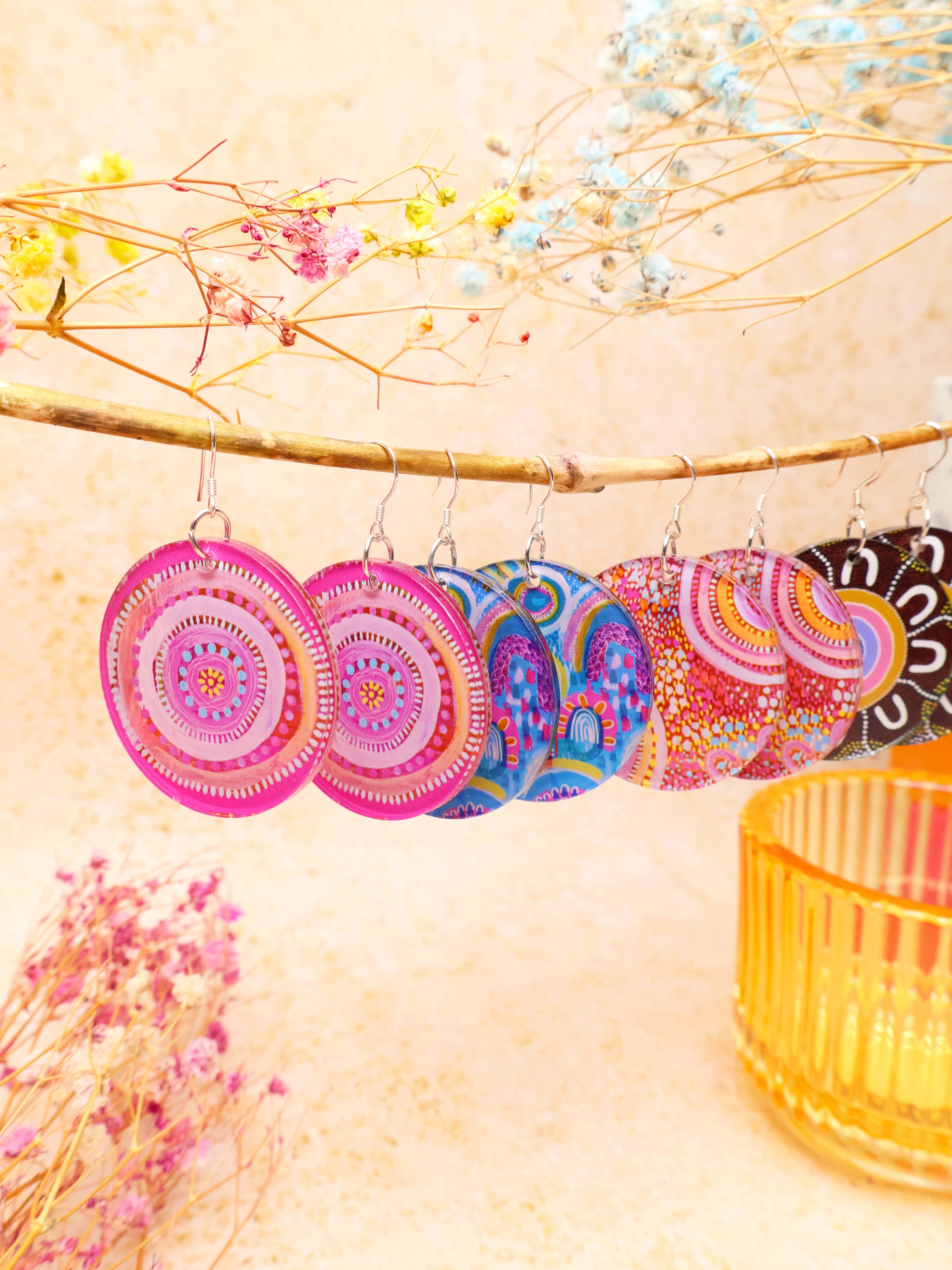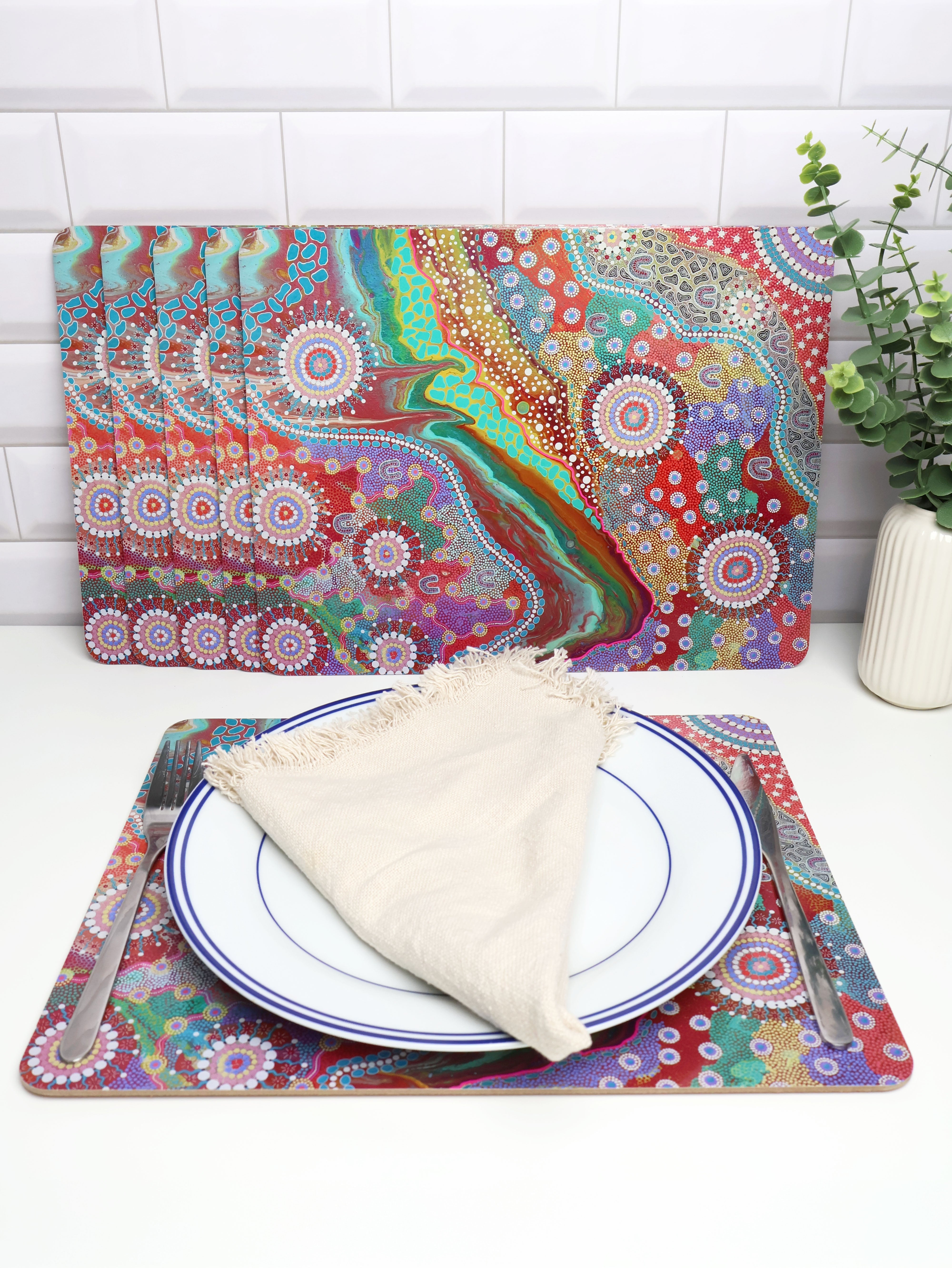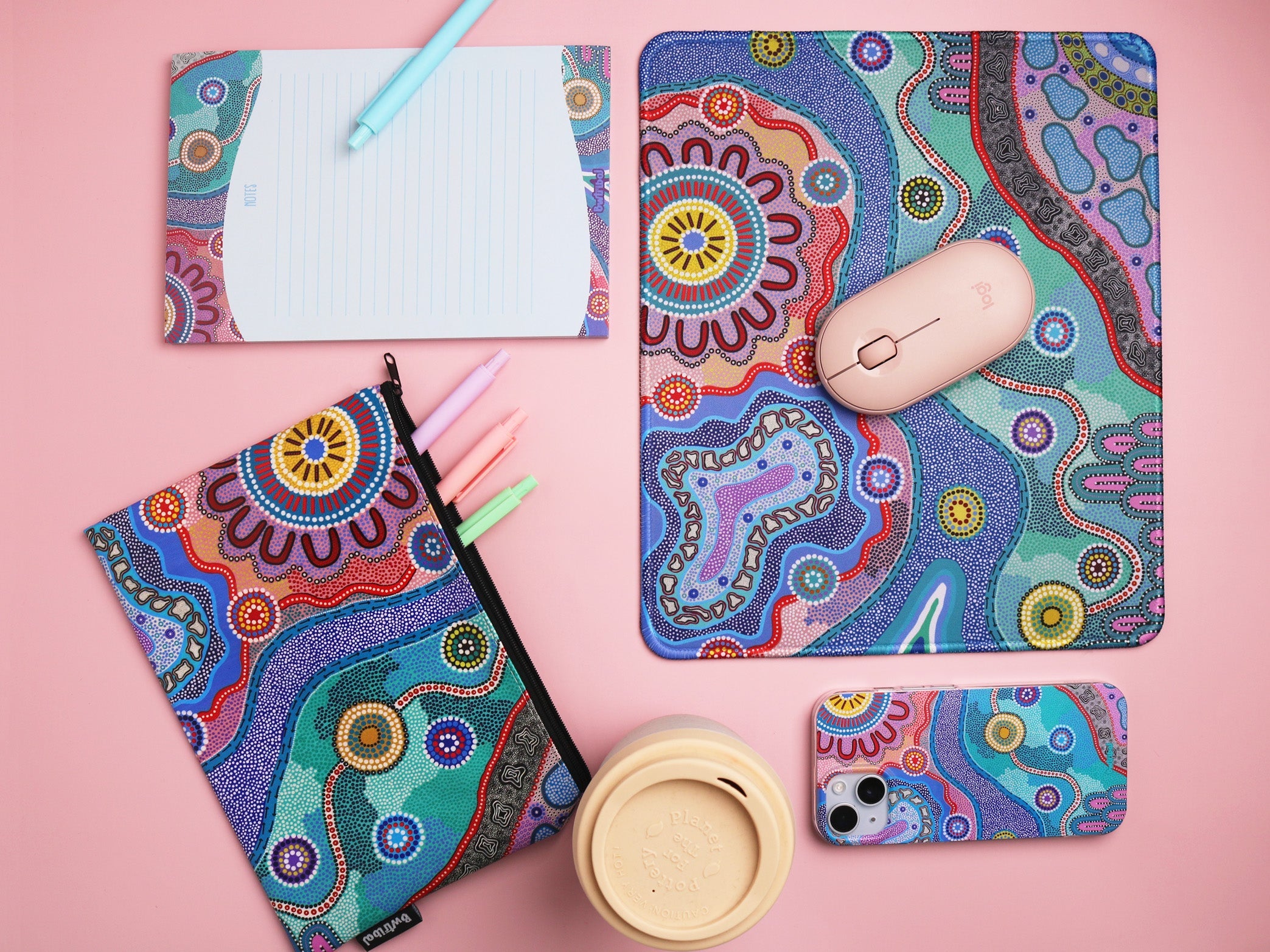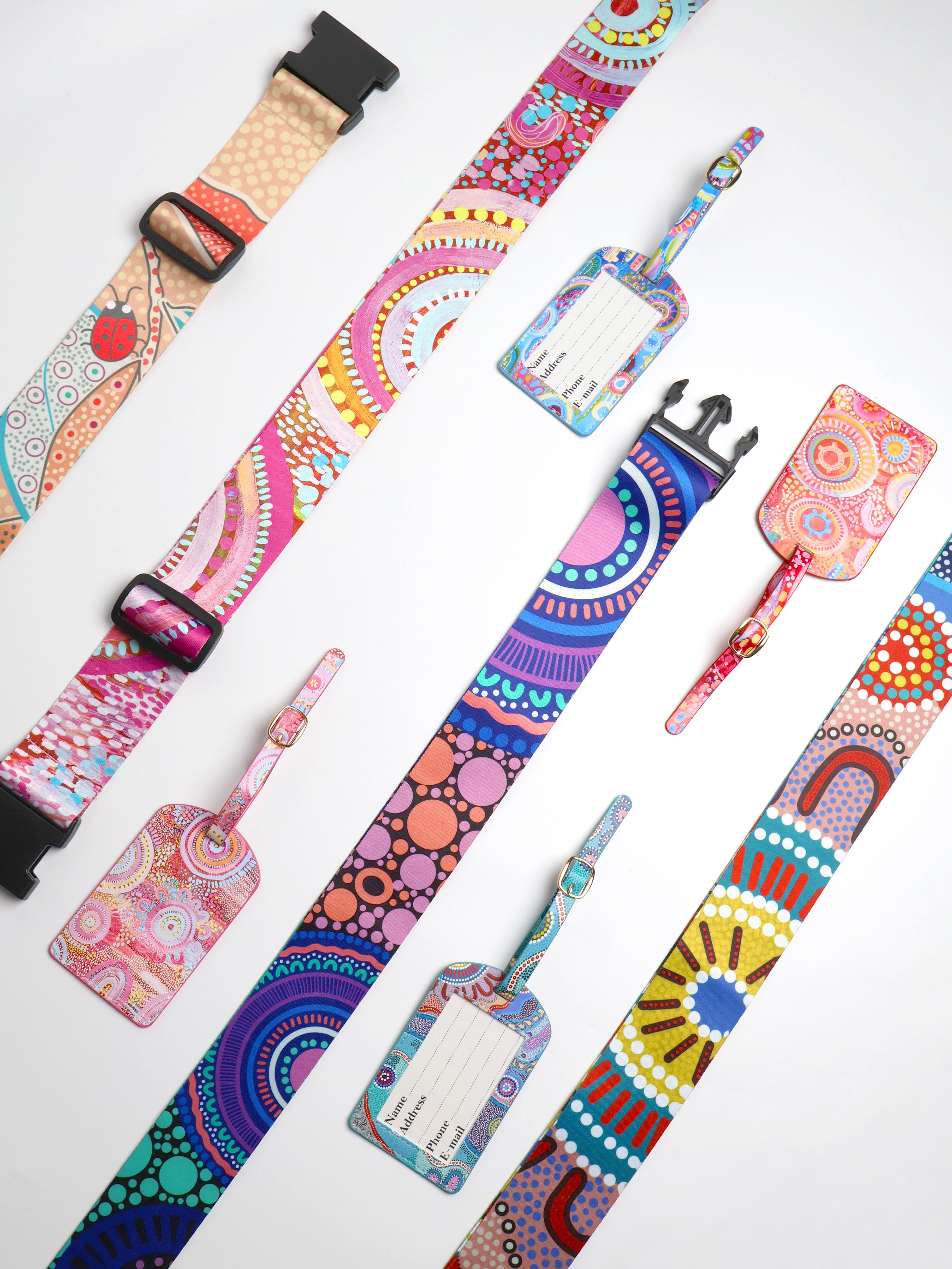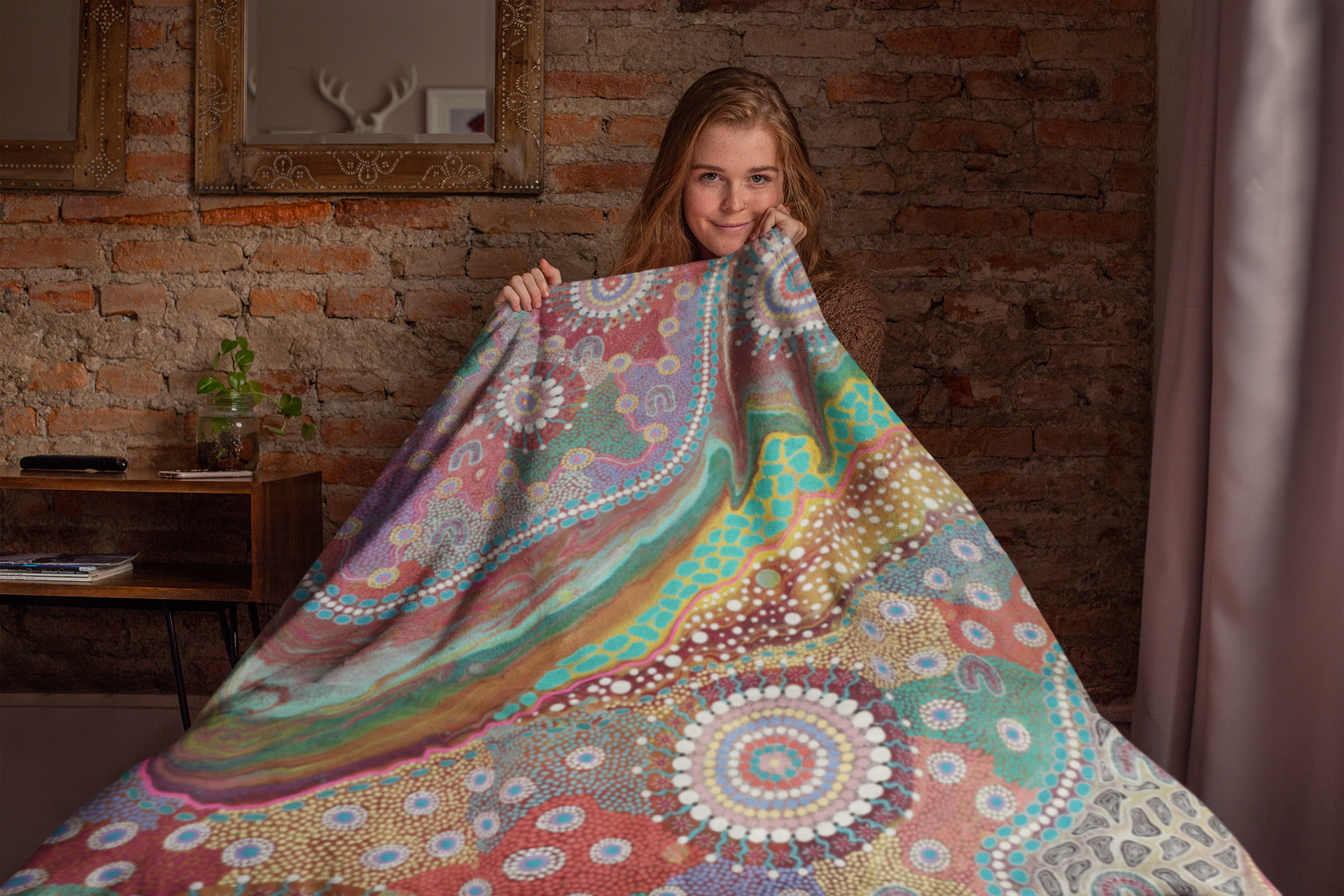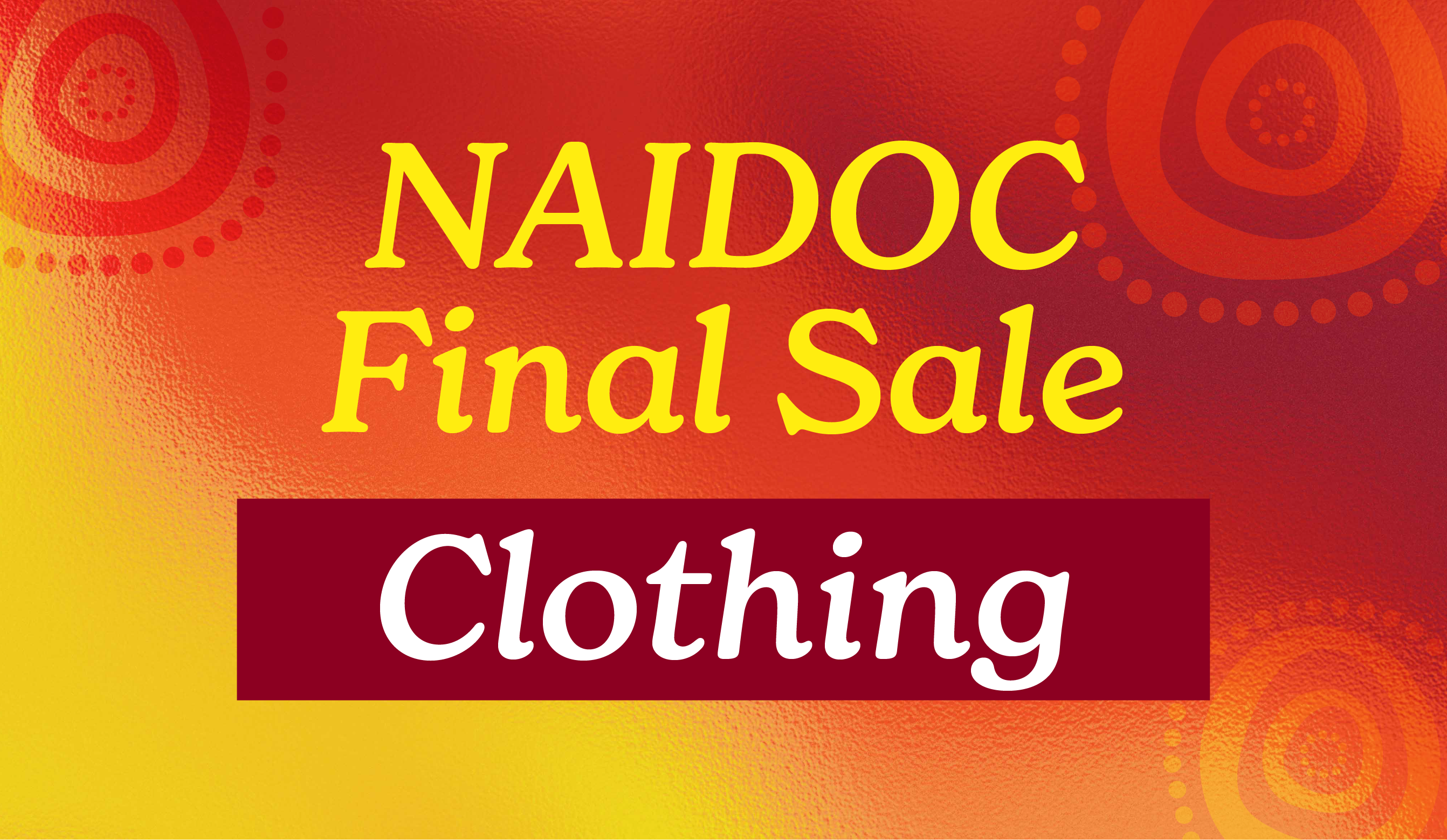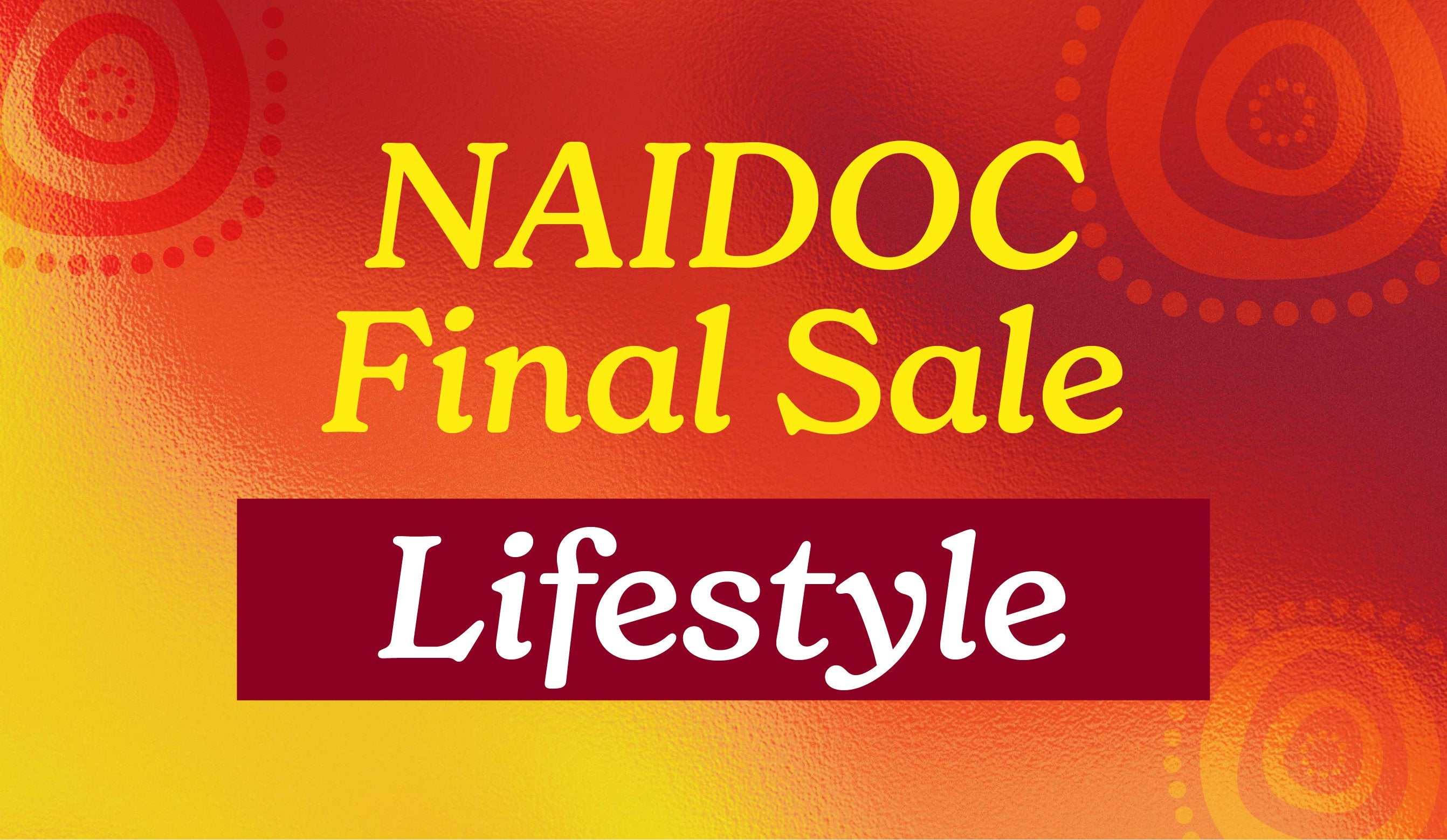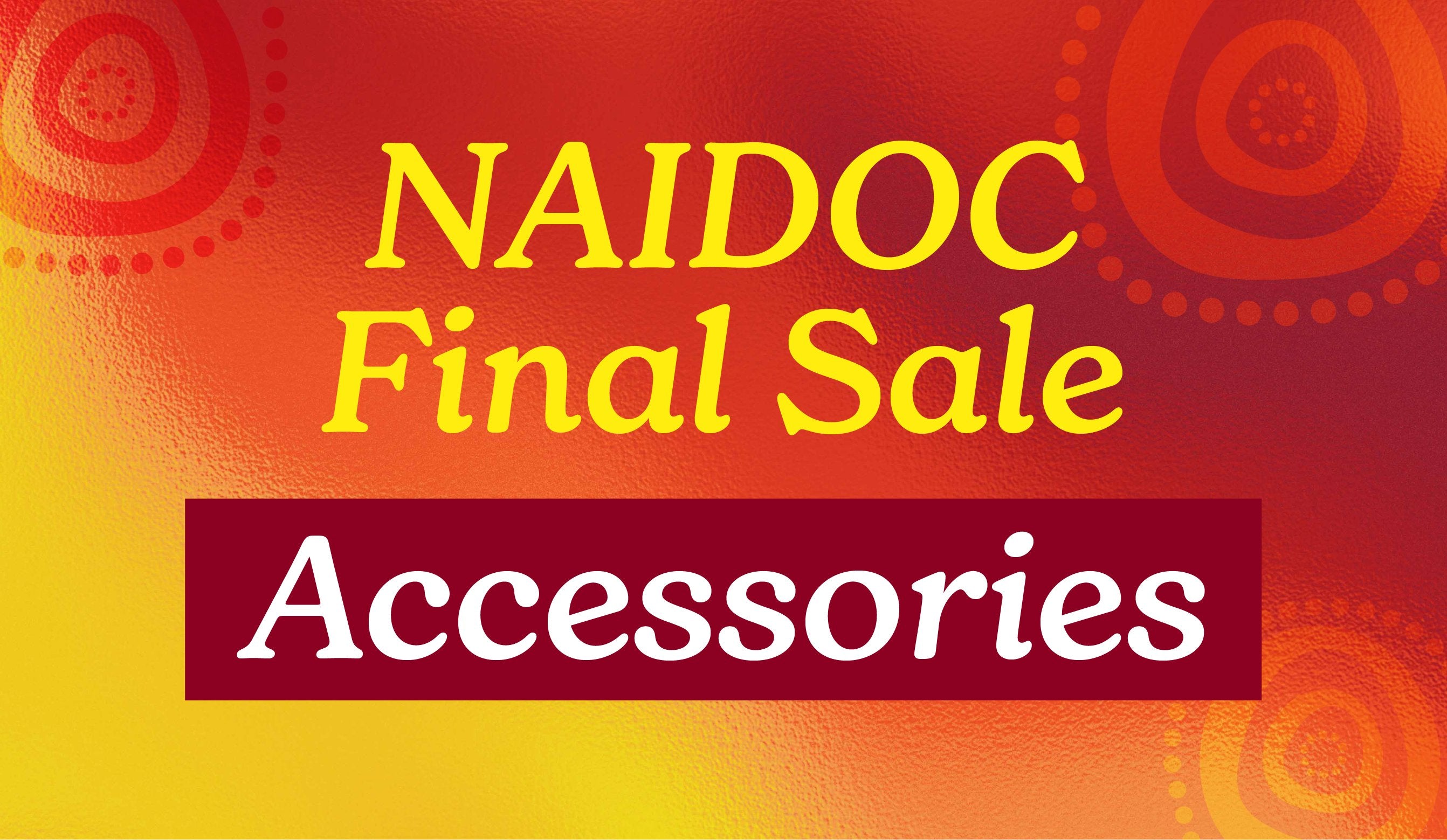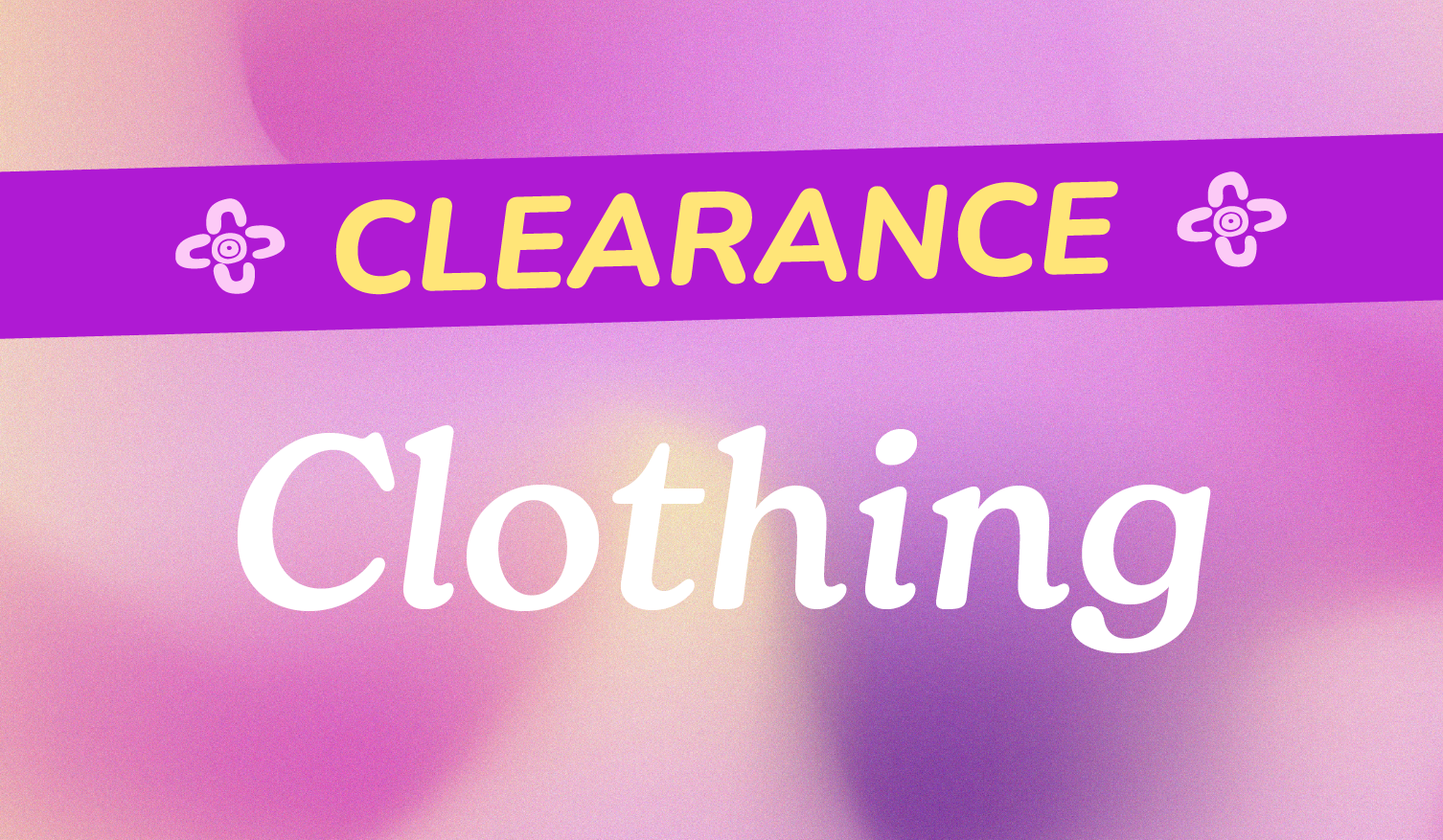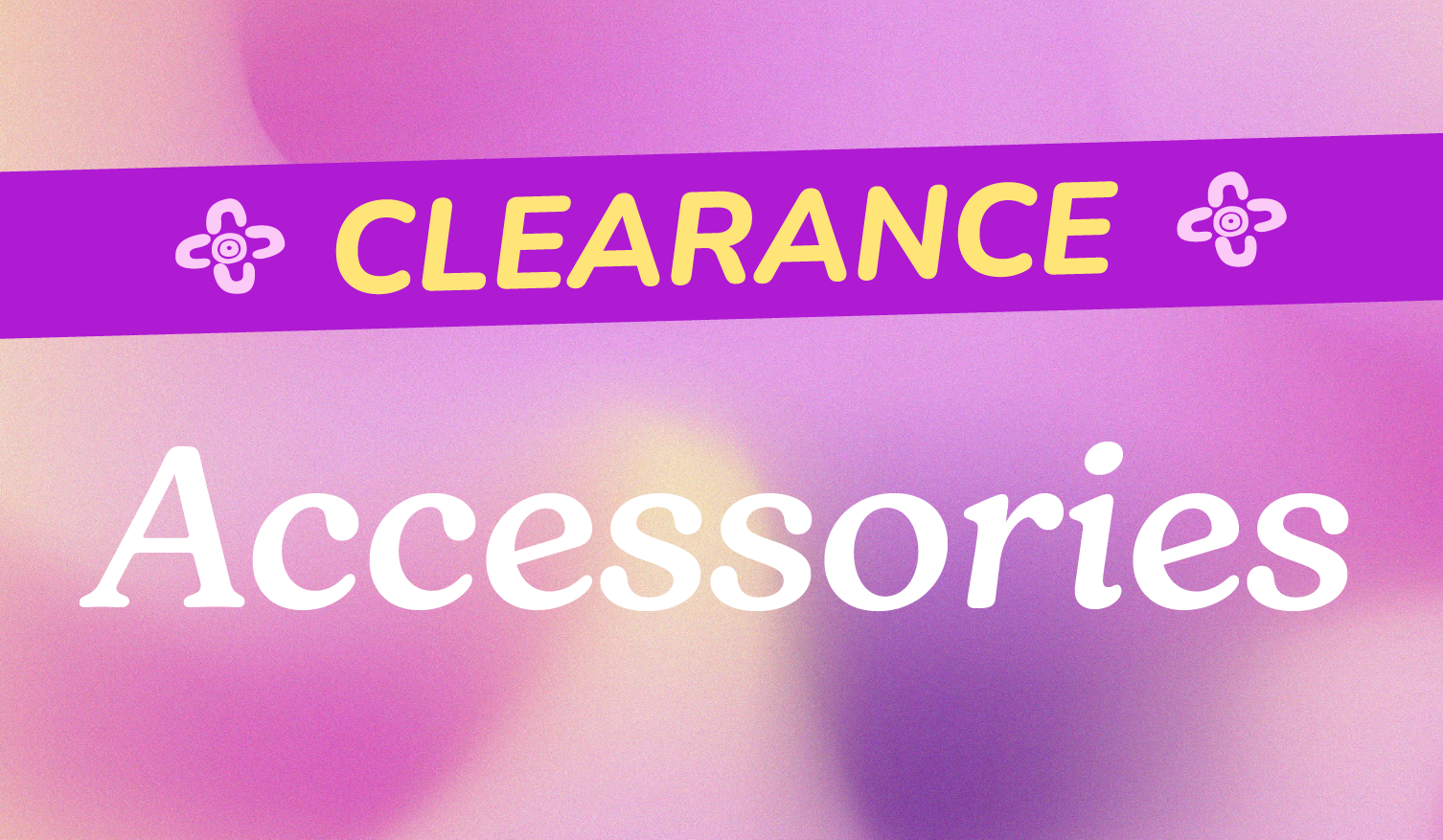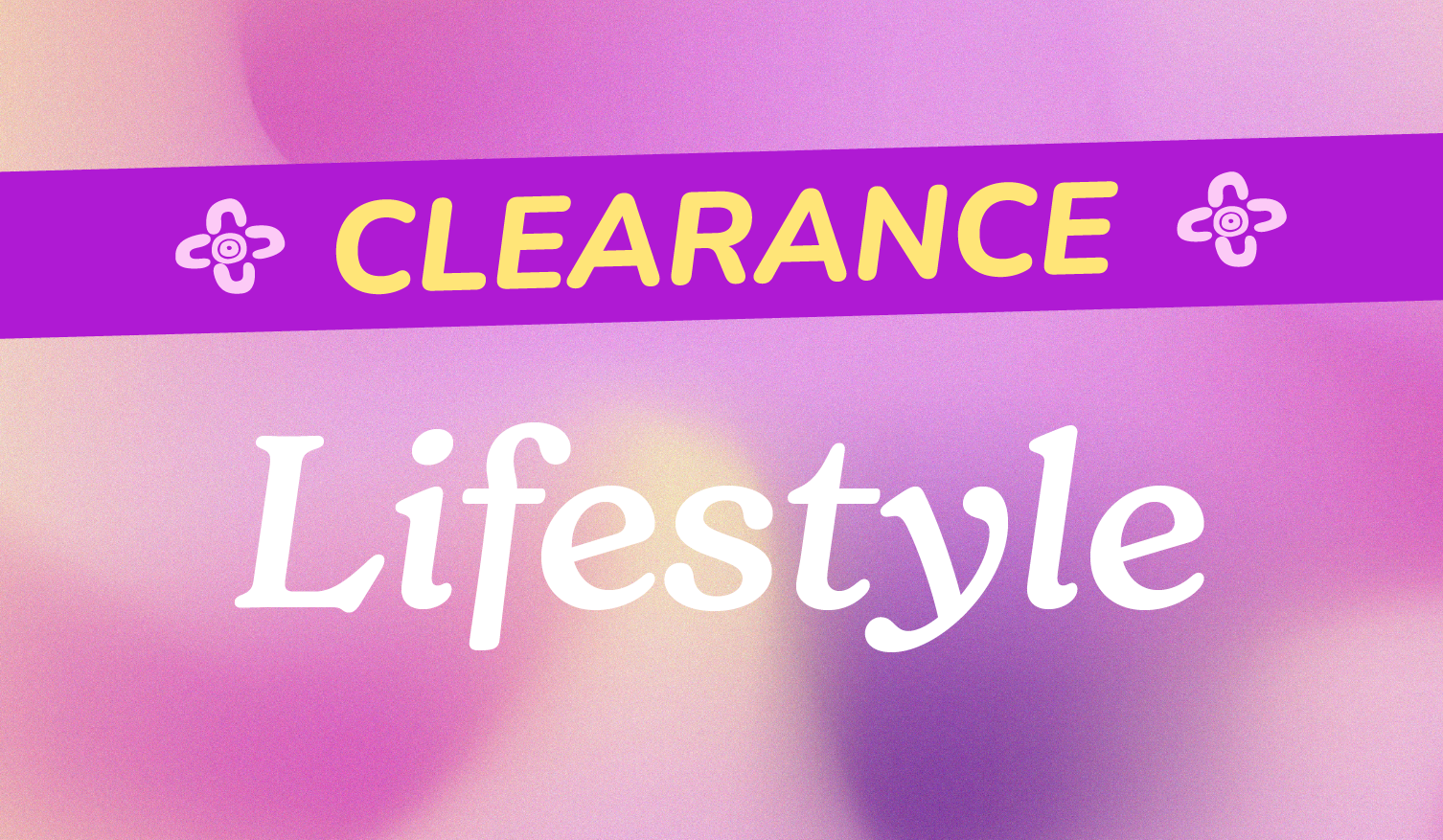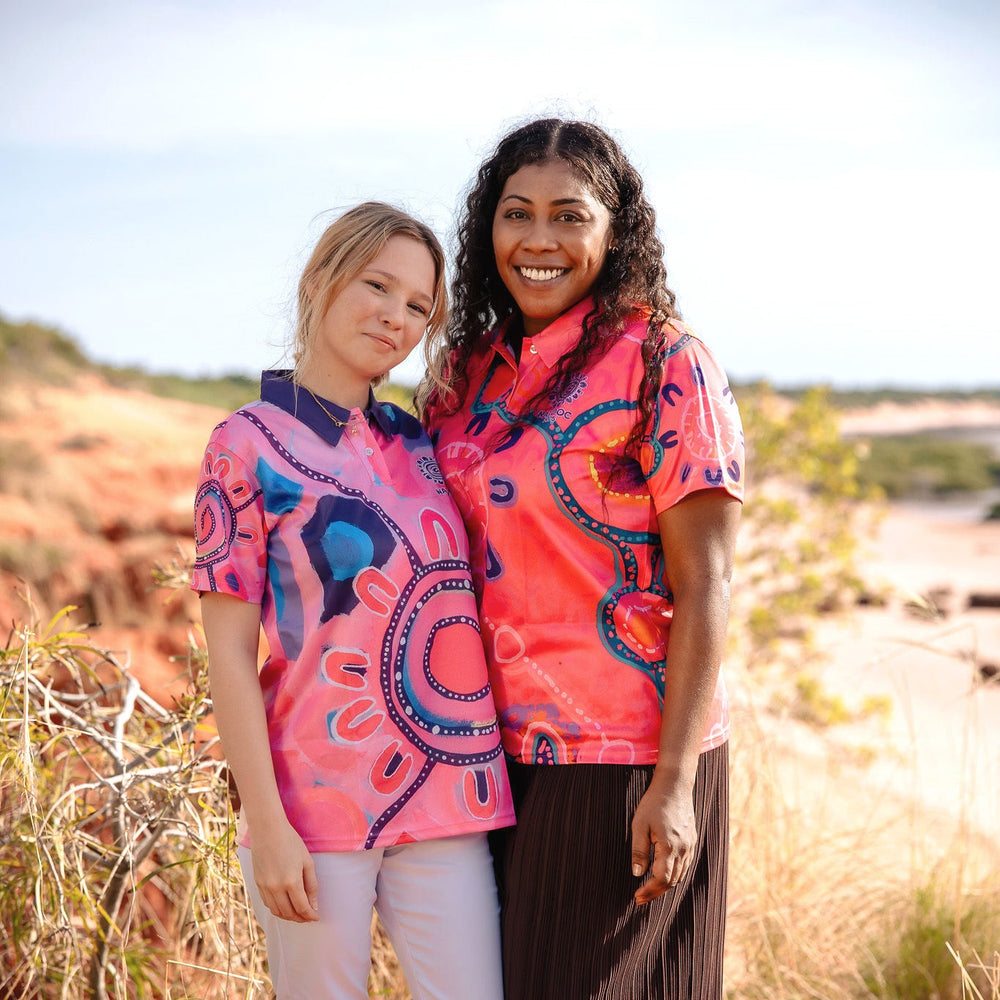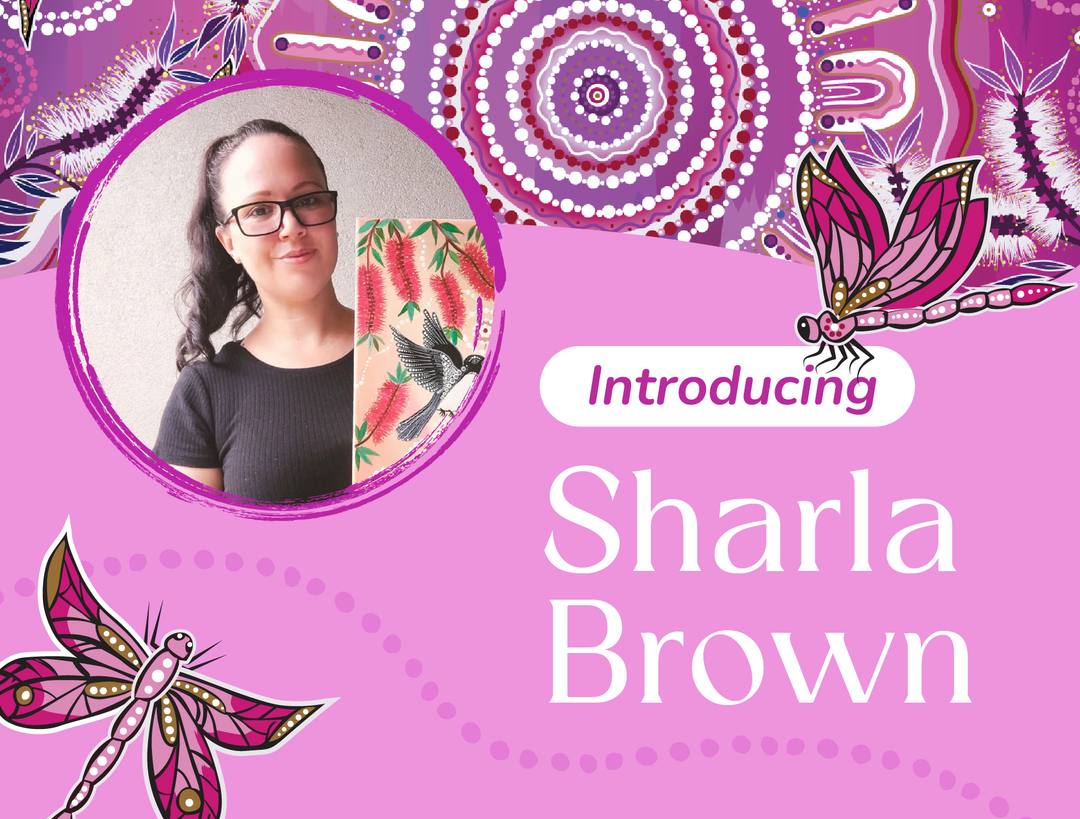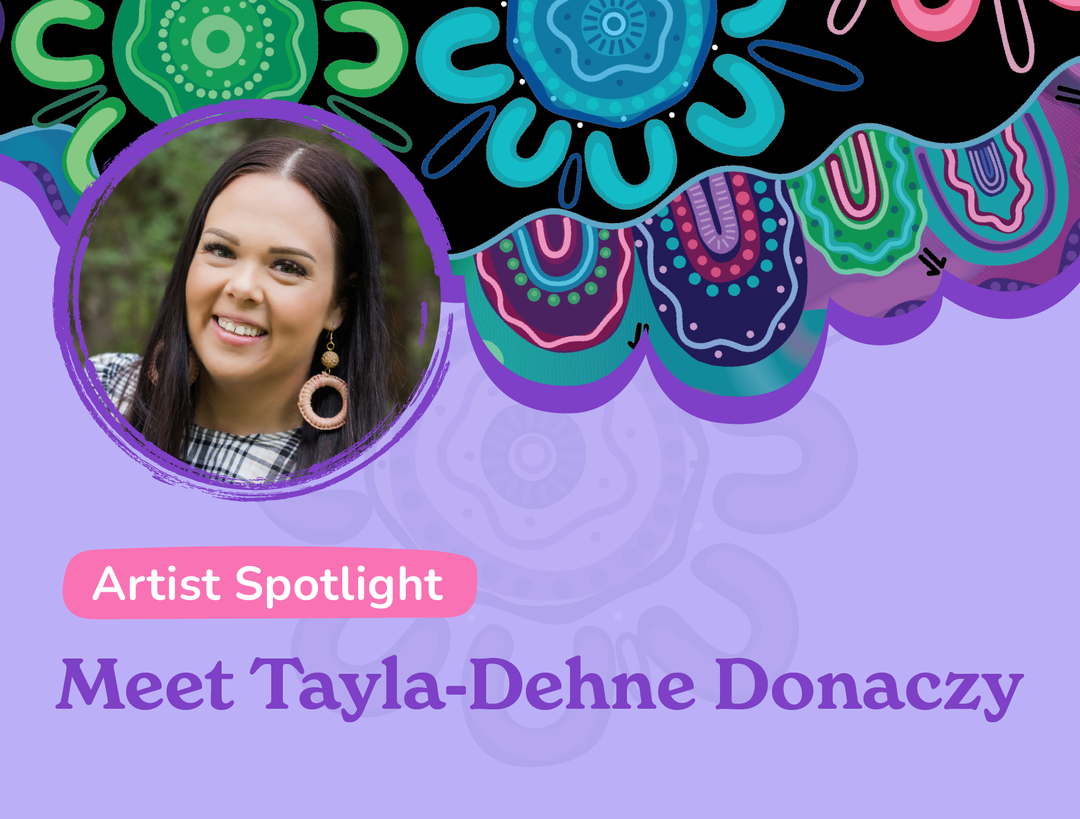
1972
Advance Australia Where?
Poster celebrating first National Aborigines' Day observed on the 14th of July 1972, after the Department of Aboriginal Affairs was formed as a major outcome of the 1967 Referendum. The second Sunday in July is associated as a day of remembrance for Aboriginal people and their heritage.
1974
Self-Determination
1976
Trucanini Last of her People Born 18?? Died 1876. Buried 1976. Received Her Land Rights at Last.
“Oh Trucanini
What did your dreamtime spirit feel
As it watched them take you after death As a rare museum piece,
Oh Trucanini
Will the dreamtime spirits of our race
One day rise with us
As they did with you.”
Poem by Oodgeroo Noonuccal (Kath Walker)

1977
Chains or Change
Poster produced by the National Aborigines' Day Observance Committee (NADOC) to mark the 10th Anniversary of the 1967 Referendum on National Aborigines Day, 8th July 1977. The poster resembles the Aboriginal Flag. The yellow circle at the centre of the poster featuring an Indigenous man wearing a chain around his neck enclosed by a large white question mark.
1978
Cultural Revival is Survival
This NADOC [now NAIDOC] poster reflects the decision of the Committee to transition from a day of demonstration to a week- long celebration of the history, culture and achievements of Aboriginal and Torres Strait Islander peoples. The posters title 'Cultural Revival is Survival' represents the decision to introduce ideas of culture and history into what had become predominantly politically based themes for the posters. This poster, depicting an Aboriginal rock painting, promotes the protection of cultural property and the survival of Aboriginal culture as part of National Aborigines Week 10-16 July 1978.
1979
1979 International Year of the Child. What About Our Kids!
1980
Treat Us to a Treaty on Land Rights
1981
Sacred Sites Aboriginal Rights-Other Australians Have Their Rites
1982
Race For Life For a Race
Poster promoting NADOC Week 1982. The theme 'Race for Life For A Race' was selected to compliment the national focus on the Commonwealth Games in Brisbane.
1983
Let's Talk - We Have Something To Say
Poster promoting NAIDOC Week 1983. The theme 'Let's Talk - We Have Something to Say' was selected to complement the United Nations Year of World Communications. Features a colour photograph of a woman using the Aboriginal method of telling traditional stories to young people with string.
1984
Take a Journey of Discovery – To the Land My Mother
Artist: Kaapa Mbijana
1985
Understanding: It Takes the Two of Us
1986
Peace - Not For You - Not For Me - But For All
Photographer: Robert Layton
A NAIDOC poster featuring a photograph by Robert Layton, author of the publication 'Uluru: An Aboriginal History of Ayers Rock'. While researching material for this book, Layton assisted with the preparation of a number of Aboriginal Land Claims including the claim to Uluru National Park.
1987
White Australia Has a Black History
Artist: Laurie Nilsen
Nilsen, Mandandanji descendant, used a palette of warm and natural earthy tones of ochre, red and black to represent Indigenous figures and iconography including a stockman riding a horse in front of Uluru; a man wearing a dhari (traditional dancer’s headdress); rock paintings; a mother and son watching a tall ship; a soldier in a trench and a portrait of rugby player Mark Ella, recipient of Young Australian of the Year in 1982. The text ‘White Australia has a Black History’ is a slogan that alludes to Australia’s long-standing reluctance to meaningfully acknowledge Aboriginal people and perspective in the telling of a national history and was the theme when Perth hosted NAIDOC week in 1987 (Pearson 2016).
1988
Recognise and Share the Survival of the Oldest Culture in the World
1989
The Party is Over-Let’s Be Together as an Aboriginal Nation
1990
New Decade-Don’t Destroy, Learn and Enjoy Our Cultural Heritage
Artist: Gloria Beckett
1991
Community is Unity-Our Future Depends on Us
Artist: Rob Hurley
1992
Maintain the Dreaming-Our Culture is Our Heritage
Artist: Heather Kemarre Shearer
"These are my Dreaming stories from my mother's and my father's country - Arrernte Dreaming tracks. I lived at Atitjere Homelands, which is Harts Range on the white fellas map. Dreaming’s represented are the snake, yalka (bush onion), tjaipa (witchetty grub), honey ant and the seven sisters. Alangwa is shown as a vital food supply which is constant and a strength to and for the people. The hands symbolise the passing down of our Dreaming stories for our future generations." - Heather Kemarre Shearer
1993
Aboriginal Nations-Owners of the Land Since Time Began-Community is Unity
Artist: Danny Eastwood
1994
Families Are the Basis of Our Existence-Maintain the Link
Artist: Dale Huddleston
1995
Justice Not Tolerance
Artist: Ian Wallan Hill
Ian Wallan Hill is a Bibbulmun Noongar from the South West town of Busselton, and has won two NAIDOC poster competitions.
1996
Survive-Revive-Come Alive
Artist: Ron Corbett
The faces represent the regeneration of families and communities who make up Indigenous peoples of Australia. The animal life form the land and the sea represents the food, knowledge and wisdom of the oldest surviving culture in the world. We come alive through our spiritual connection with the land, our mother.
1997
The Protector
Artist: Eleanor Binge
Gurindji, Mabo, Wik-Three Strikes for Justice-Celebrating the 30th Anniversary of the 1967 Referendum
1998
Bringing Them Home
Artist: Warwick Keen
1999
Show Some, Earn Some Respect
Artist: Warwick Keen
2000
Building Pride in our Communities
Artist: Cecily Wellington/Carpenter
"Indigenous Unity. Past, present, future. To take pride in our Aboriginal communities. It's all about coming together uniting and gaining strength to survive, aiming for our goals, to be proud of our race and culture." - Cecily Wellington/Carpenter
2001
Treaty... let's get it right
Artist: Marika Baumgart
"If we look beyond the past and the present, we can see into the future where with understanding and joint knowledge we can come to an agreement that will bring us together as a united race." - Marika Baumgart
2002
In going home we are connected, even in a Whirly Wind
Artist: Juundaal Strang-Yettica
2003
Our Children Our Future
Artist: Belynda Waugh
"Care for the children, they are the future you see, help them grow straight and walk tall, this is the way it should be." - Belynda Waugh
2004
Self-determination-Our Community-Our Future-Our Responsibility
Artist: Jirra Lulla
2005
Lift Our Spirits
Artist: Benjamin Hodges
"Sometimes our culture may seem as though it is a heavy burden. Sometimes to exit and gain acceptance in non-Indigenous society, we question the importance of our culture. Would it be easier to leave it behind? But our culture is not excess baggage we can freely dispose of. The sphere-shaped objects represent non-Indigenous society. I have chosen a smoother and rounded 3-dimensional shape as this shape rolls ahead with ease regardless of surface, environment or where it is placed. The huge cube represents Indigenous culture. It appears to be heavy to lift and would be easier to leave behind as it is a lot more complex to move without assistance.
Although the cube is larger in size, its contents symbolise a personal significance. The size and colour differences also have meaning. The smaller balls appear metallic and cold whereas the cube is visually vibrant and loud with a sense of warmth. The shadows also play an important part. As the sun rises from the east, this represents Indigenous people moving toward a new day. Our bond with immediate and extended family members and giving nature is our fashion. We are identified by our language, customs and dance. We have a future because of our histories bloodline and by working together in unity we carry our culture and lift our spirits" - Benjamin Hodges
2006
Life Circle
Artist: Charmaine Green
"Our past and our future are interconnected. In the circle of life as we move from the past to the future we must always remember and respect everything in the past. Our history, our culture, our traditions, our ancestors and our own experiences. This way we can walk into the future with respect and confidence." - Charmaine Green

2007
The Path We Lead
Artist: Tyeli Hannah
"As Indigenous Australians, we are travelling along a path. This path is along and ancient one that has served us well. Along this path we have hit hard times, often leaving us heart-broken. Though we are torn and weathered, we still have a bright future. We look forward to equality in education, health, employment and standard of living. The path won’t be easy, but we will get there." - Tyeli Hannah
“I wanted people, especially Indigenous people, to feel as if the future holds positive things for them,” Tyeli says. “As an Indigenous person, there are a lot of hard things to deal with in life, but there are also a lot a great things and that’s what we should be celebrating. “We need to recognise and strive to achieve good things in life, as well as deal with the negative stuff.”
2008
Advance Australia Fair?
Artist: Duwun Lee and Laniyuk Lee
“The government has said SORRY – so let’s Advance Australia and be Fair.
The kangaroo and emu are the two unique Indigenous animals that are on the Australian coat of arms and, some say, were chosen because they move forward and find it difficult to go backwards. Their positions have been switched, left and right, to represent the switch in the Governments attitude.
They are surrounded by the stars of the Southern Cross which, like Aboriginal people, have been here since the beginning of time. There must be a change in attitudes of black and white and all the colours in between. Black people must stop waiting for governments and white people to fix their problems – they must start fixing the problems that they can. Governments must not look at Indigenous problems and say “This is going to cost too much to fix” or “The problem is too big”.
Now is the best time because we are in a time of great prosperity which is ripped from the land that rightly belongs to Aboriginal people.
For the background we have used the colours of the land, the sorry is in blue representing water and a healing point. The Southern Cross is in the colours of the sunset, the time when it first comes out. The lines connecting the Southern Cross represent the spirits of our ancestors that are looking down on us and keeping an eye on us. The lines are black for our ancestors and the orange is power and knowledge that they have and have given.
Aboriginals and Torres Strait Islanders’ future, like this poster, can be built on the Rudd Government’s SORRY. Advance Australia, both Fair and Dark.”
- Duwun Lee and Laniyuk Lee

2009
Carrying On Our Culture
Artist: Luke Mallie
"This artwork represents the elders teaching and keeping watch over the young as they learn and grow into adults to then carry on the culture. The painting also depicts the old ones who watch over everyone to protect and guide us through our lives. We all have the ability to connect to those old spirits if we need guidance or inspiration." - Luke Mallie

2010
Unsung Heroes - Leading Through Example
Artist: Sheree Blackley
"The artwork depicts an Aboriginal mother who is an ‘Unsung Hero’ leading her children through example, showing that actions can speak louder than words. The dot work illustrates nurturing and teaching from birth, always guiding our children towards ‘closing the gap’, towards ‘success’ for those who choose to stay on the path." - Sheree Blackley

2011
Road to Change
Artist: Matthew Humphries
"A First Australian family links hands as they step out on the road to change – proud of who they are, encouraged by what has already been achieved, and united in their goal to be change makers for a bright new future." - Matthew Humphries
2012
Look At Us Now
Artist: Amanda Joy Tronc
"I was shocked to realise that most people I know have never heard of the Tent Embassy. I knew it existed but never appreciated what our people and my family had to fight for only 40 years ago. I researched the four men who founded the Tent Embassy – Billy Craige, Bert Williams, Michael Anderson and Tony Coorey and thought it was important to portray them in my artwork along with their beach umbrella in front of Parliament House. Forty years on, the foreground shows what we have achieved today because of the fruits of their labour. The artwork shows that our history is behind us but our culture is part of our people, not dwindling but getting stronger the more our mob succeed and pave the way for the future generations." - Amanda Joy Tronc

2013
Claiming our Ground
Artist: Gail Naden
"Being recognised as the first people who occupied the land has been a struggle for our people to claim back what was already ours. Fifty years ago the Yolngu people worked together and fought for land rights. Claiming Our Ground combines two digital images, one depicting the legs of men walking around the land and one of water particles embossed to create crevices. Ochre colours were added and circles of communities were drawn to give the impression of distances occupied by our fore fathers and mothers." - Gail Naden

2014
Defend our Land
Artist: Harry Alfred Pitt
"My artwork features three brothers with their land behind them and the horizon before the. Their Elders are reflected in the water, giving the brothers the strength to overcome what lies over the horizon. My work acknowledges the young men and women of today who are across the sea doing their very best to protect their home and serve their country, empowered by their ancestors. Our soldiers are embracing their heritage and protecting their homes, just as their ancestors did before them, only now they do this beyond the shares of their homeland. " - Harry Alfred Pitt

2015
Our Steps of Respect
Artist: Elaine Chambers
"My artwork is a combination of my photography, drawings, and graphic design work - representing the ages and colours of our Aboriginal and Torres Strait Islander people, and their strong spiritual and cultural connection to the land and the sea. The feet represent the different people, from elders to the young and stories our elders shared of the significant sites and sacred places, and how all Australians should take the time to learn about our history and stories." - Elaine Chambers
2016
Songlines Tie All Aboriginal People Together
Artist: Lani Balzan
"This is my passionate expressions of a spiritual connection to the land. Songlines Tie All Aboriginal People Together. Songlines criss-cross and go east and west and they go north and south and they go diagonally and they backtrack according to the journeys of the ancestors. They create a kind of cultural network of stories that ties all of Aboriginal People together. This is what my painting is representing, you can see all the songlines coming together creating our nation. The Dreaming stories are presented as elaborate song cycles (Songlines) that relate to a specific place, group and individual. Dreamtime ancestors made Songlines as part of the creation story. They provide a map of recording the landscape and represent the relationship between the land, sea and the people." - Lani Balzan

2017
Your Tribe, My Tribe, Our Nation
Artist: Joanne Cassady
"All our languages matter and are important to us as Indigenous Australians. My artwork reflects this year’s theme by incorporating some of the many Aboriginal and Torres Strait Islander nations and languages around Australia." - Joanne Cassady

2018
Tarmunggie Woman
Artist: Cheryl Moggs
"Witnessing historic and horrific atrocities against our people, lands and culture. Advocating, struggling and taking up the fight for equality, justice, civil rights and social change. From the footprints of the white eye on our traditional lands, to the breast of our mothers, grandmothers to now and the future you still stand proud, strong, influential and inspiring. You are our mothers, elders, grandmothers, aunties, sisters and our daughters. You hold the knowledge, stories, language, culture and our future. BECAUSE OF YOU, We Can! Become educated, practice our culture, language and pass knowledge to our children, become leaders and trail blazers ourselves, have a dream that is possible to achieve, fuse our culture and arts into two worlds, have a place, identity and future, embed our footprints and spirit back on country, have a voice in policy direction, change the state of our identity and character that are unjust, hold our heads and be proud to be First Nations." - Cheryl Moggs

2019
Awaken
Artist: Charmaine Mumbulla
"Dawn light stretches across Uluru promising hope and new beginnings. The circles at the base of Uluru represent the gathering of many people from different nations to consult and discuss new ways of moving forward, resulting in the Uluru Statement from the Heart. A new day and a new beginning calls for a new way of moving forward as a nation." - Charmaine Mumbulla

2020
Shape Of Land
Artist: Tyrown Waigana
"The Rainbow Serpent came out of the Dreamtime to create this land. It is represented by the snake and it forms the shape of Australia, which symbolises how it created our lands. The colour from the Rainbow Serpent is reflected on to the figure to display our connection to the Rainbow Serpent, thus our connection to country. The overlapping colours on the outside is the Dreamtime. The figure inside the shape of Australia is a representation of Indigenous Australians showing that this country - since the dawn of time - Always Was, Always Will Be Aboriginal Land." - Tyrown Waigana

2021
Care For Country
Artist: Maggie-Jean Douglas
“When creating ‘Care for Country’ I kept in mind that this meant spiritually, physically, emotionally, socially and culturally – I chose to create a bright and vibrant artwork that included the different colours of the land but showed how they come together in our beautiful country and to make people feel hopeful for the future. I’ve included communities/people, animals and bush medicines spread over different landscapes of red dirt, green grass, bush land and coastal areas to tell the story of the many ways country can and has healed us throughout our lives and journeys.” - Maggie-Jean Douglas

2022
Stronger
Artist: Ryhia Dank
“I created this piece after reading this year’s National NAIDOC Week theme – Get Up! Send Up! Show Up! I knew straight away I wanted to do a graphic piece centred around our flags with text highlighting what we have been through and are still fighting for” said Ryhia. “I feel that this piece being black and white allows us to focus on the details and messages in the artwork” - Ryhia Dank

2023
For Our Elders
Artist: Bobbi Lockyer
“Where there is knowledge there are our Elders. Our Elders paved the pathways for us, taught us our knowledge, our history, they passed down their art, stories and wisdom. Our Elders are the foundation of our communities and role models for our children. With this poster I wanted to showcase how important our Elders are in passing down traditions and culture to our children and future.” - Bobbi Lockyear
All images and information sourced from:
https://www.naidoc.org.au/





